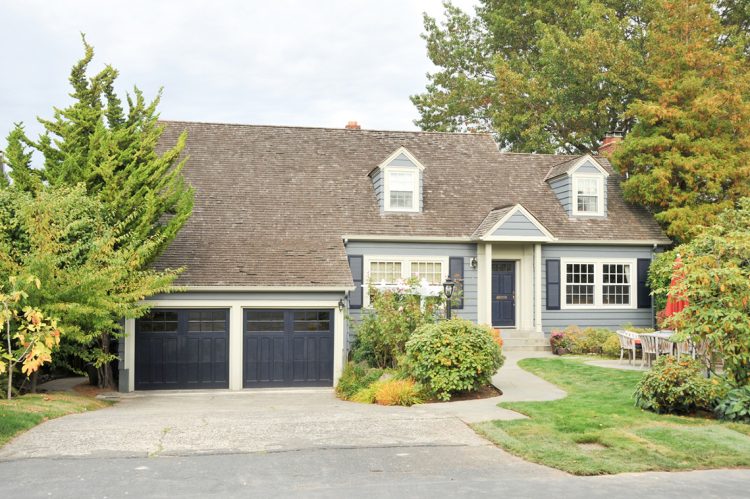Annualized existing-home sales continue to fall, with last month heralding a slower autumn season as the housing market appears headed for some period of hibernation—though whether that time is short or extended remains unclear.
To Give or Not to Give: The Value of Closing Gifts
A standout closing gift won’t substitute for a good agent/client relationship, but a personal touch might be the key when it comes to repeat clients or potential referrals. Read more.
Business Tip of the Day provided by
Categories
The Most Important Real Estate News & Events
Click below to receive the latest real estate news and events directly to your inbox.
By signing up, you agree to our TOS and Privacy Policy.













